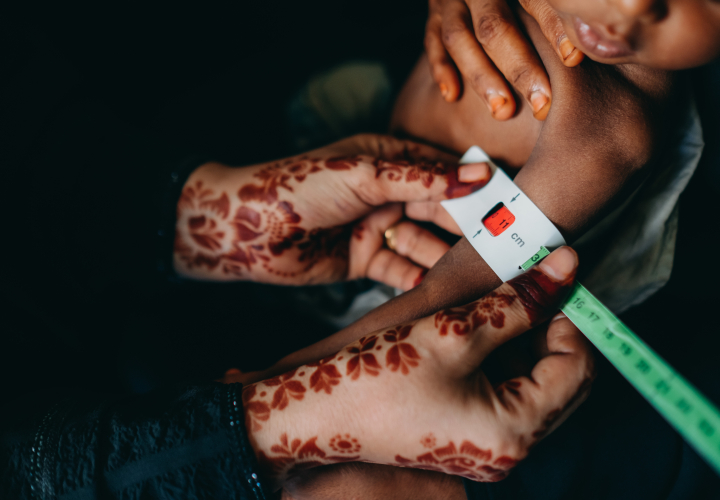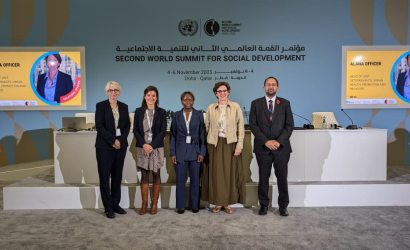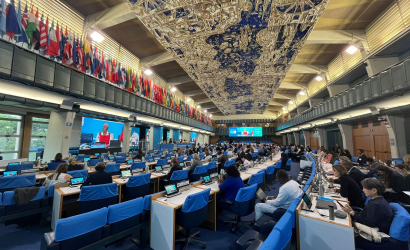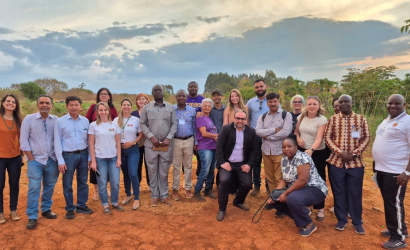In war-torn Yemen, North–South is the most obvious, but not sole divide. This article explores how four United Nations agencies are working together to fight malnutrition across the humanitarian-development continuum, examining their coordination modalities, good practices and challenges. It shows that an overriding commitment to shared goals is critical in the face of adversity, as colleagues contend with marked fragility and many uncertainties.
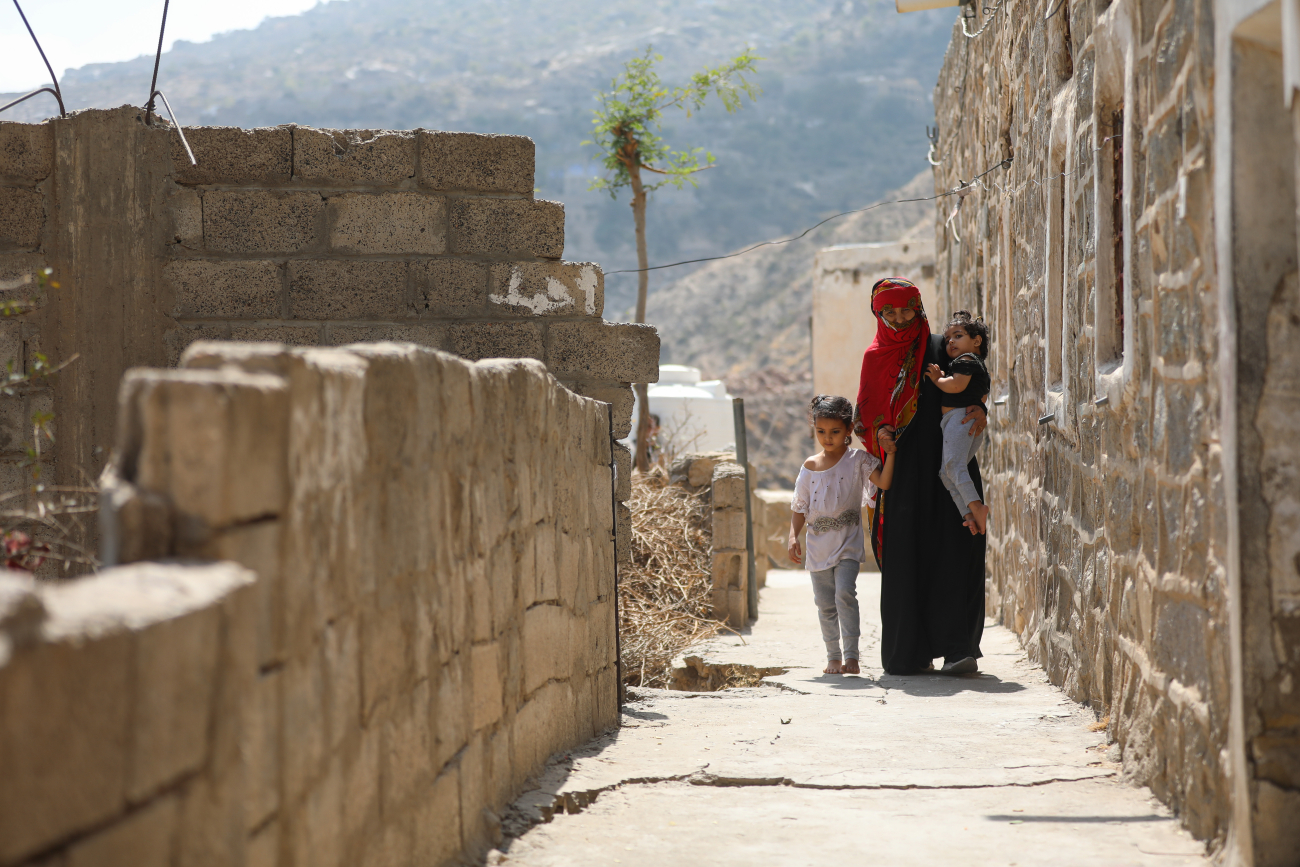
A context of unrelenting crisis
Battered by a decade-long conflict, the Republic of Yemen (herein Yemen) is among the world’s most serious humanitarian crises.[1] More than half of the population experiences acute food insecurity,[1],[2] posing a detriment to healthy diets and good nutrition. The protracted crisis impedes the delivery of lifesaving and life-sustaining nutrition interventions. These run the gamut from the management of acute malnutrition to social behaviour change communications on recommended maternal, infant and young child nutrition practices, health-seeking behaviours and food safety, as well as other support in water and sanitation, family planning, social services and women’s empowerment that address underlying and basic causes of malnutrition.
While the fighting is also an impediment for collecting nutrition-related data, estimates indicate that nearly half (49%) of Yemeni children under five years old are stunted[3] and anaemia is a severe public health problem, affecting over two-thirds (71%) of women of reproductive age.[4] Data on child wasting is, likewise, alarming, exceeding the emergency threshold.[3] Those wasting figures may even be higher, as they exclude the North where local authorities decided to suspend such surveys in recent years. In addition to these undernutrition issues, adult obesity is on the rise. A quarter of adult females were obese in 2019 according to projections,[5] presenting a host of other health risks such as increased susceptibility to non-communicable diseases. This is concerning not only for the health of the Yemeni people but also because it places additional stress on the country’s fractured health system.
According to the Acting WHO Country Representative and veteran nutritionist, Ferima Coulibaly-Zerbo, the situation varies vastly depending on geographic location. Some governorates are relatively stable with lower levels of malnutrition. In such areas, development-oriented nutrition interventions are needed. However, the situation in those better-off localities could rapidly deteriorate as many “life-sustaining” activities came to an abrupt halt following recent funding cuts.
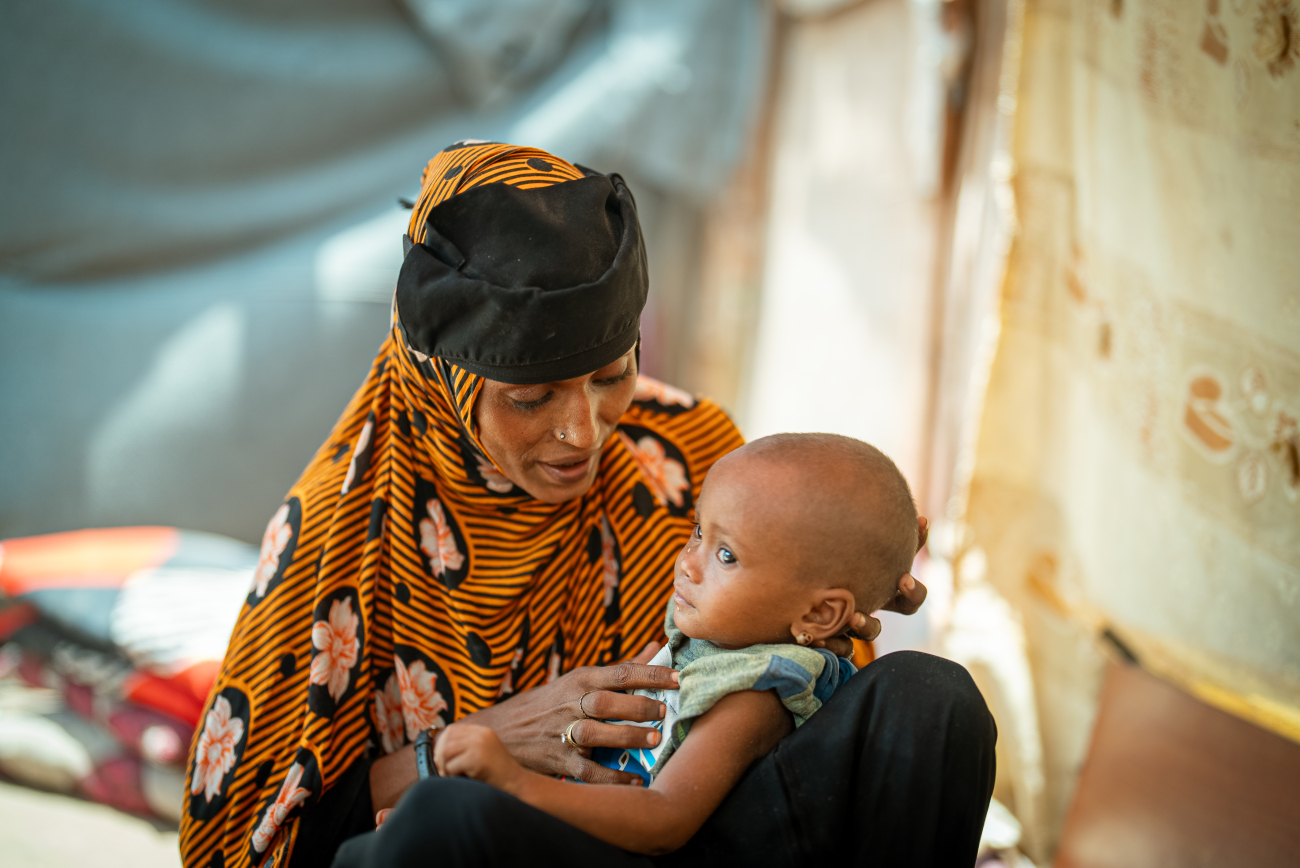
Disentangling the UN’s role in the web of nutrition coordination architecture
Yemen’s nutrition coordination architecture in large part mirrors the two main spheres of nutrition activity: humanitarian and development. On one side, there is the country Nutrition Cluster, including its Strategic Advisory Group Group and various technical working groups (e.g. on Nutrition Information systems), which coordinates the emergency response. The Cluster lies under the jurisdiction of the Ministry of Public Health and Population and is co-led with UNICEF, as the cluster lead agency, bringing together relevant Yemeni authorities, United Nations agencies and civil society organizations. In addition, UN nutrition colleagues engage in other humanitarian clusters, such as the Food Security Cluster and WASH Cluster, which have nutrition components. This helps to ensure holistic action under the ‘nutrition in emergencies’ umbrella.
At the other end of the spectrum, a nutrition working group, comprised of mainly donors and United Nations agencies, operates within the broader Yemen [Development] Partners Group (YPG). Established in 2023, this nutrition working group meets monthly and until very recently, was co-led by the United States Agency for International Development (USAID) and the United Nations Children's Fund (UNICEF). With the dismantling of USAID, the group is in search of a new co-chair yet remains active.
The Yemen humanitarian clusters (including the Nutrition Cluster) and the YPG’s nutrition working group are both formal coordination structures with multi-stakeholder engagement. In addition, an agile UN-Nutrition group operates at the periphery, mobilizing on an ad hoc basis. It comprises nutrition colleagues from four resident agencies, namely: the Food and Agriculture Organization of the United Nations (FAO); UNICEF; the World Food Programme (WFP); and the World Health Organization (WHO). Likewise led by UNICEF, this group serves as a bridge between the two formal nutrition coordination platforms, where the same focal points from these agencies engage alongside other stakeholders.
As the connector, UN-Nutrition focal points have tried to focus on strengthening the humanitarian-development nexus from a nutrition standpoint, supporting one of the chief aims of the YPG nutrition working group. UN-Nutrition predates the YPG nutrition working group. It was originally established as the UN Network (referred to as ‘UN SUN’ locally) after Yemen joined the Scaling Up Nutrition (SUN) Movement in 2012. The network convened regularly until COVID-19 hit, which upset regular working modalities. Other factors such as staff turnover at UNICEF, the creation of the YPG nutrition working group and a change in UN coordination arrangements for nutrition at the global level also contributed to the morphing of UN SUN into today’s informal UN-Nutrition group.
The work undertaken under the auspices of the SUN Movement in Yemen has been primarily oriented towards development. The Movement is spearheaded by the SUN Government Focal Point, who is based at the Ministry of Planning and International Cooperation and closely supported by the same four United Nations agencies.
Ingredients for success
There are various lessons to be learned regarding UN nutrition collaboration and good practices to draw on from the Yemen experience. Among these:
- The SUN Movement in Yemen has proven to be a pivotal force in bringing the United Nations agencies together despite their differences and competition for resources. For example, the SUN Government Focal has helped raise awareness about the respective roles and strengths of these four main UN players active in nutrition. “This has helped place an emphasis on their complementarity and overcome tension between the agencies,” acknowledged Ferima of WHO. It also triggered the development of:
- a joint UN nutrition workplan with a clear division of labour,[6] including a designated agency lead for each theme/activity. This avoids duplication of efforts and inter-agency disputes while reaping cost efficiencies. For example, UNICEF took the lead in supporting Yemen’s SUN Secretariat with the development of the new Multi-sectoral Nutrition Action Plan (MSNAP), covering 2024–2030, engaging the other UN-Nutrition member agencies as needed. WHO contributed to defining strategic objective 1 of MSNAP, while FAO contributed to strategic objective 1 under food security, exploiting the comparative advantages of each agency.
- Understanding that no single United Nations agency can address nutrition problems alone. Josephine Ippe, the Head of Nutrition at UNICEF’s country office stressed that UN collaboration is central for enabling the government to employ a holistic approach to nutrition. When one agency calls for support, the other agencies rally around the request within their respective mandates. As previously stated, this proved to be the case in the development of the MSNAP. It also held true for the formulation of the new nutrition strategy (2024–2030) whereby UNICEF collaborated with WHO, jointly presenting a draft to the Ministry of Health. Similarly, FAO galvanized the other participating agencies with respect to the development of Yemen’s Food Systems Pathways: Towards Sustainable Food Systems, taking their collective inputs forward to the National Food Systems Convenor, who duals as the SUN Government Focal Point in Yemen.
- Flexibility: The current flexibility of UN-Nutrition Yemen reduces the time burden for participating in nutrition coordination meetings while maintaining an outlet for nutrition coordination discussions within the UN circle, as needed. With that said, some colleagues would favour reinstating regular UN-Nutrition meetings to strengthen inter-agency collaboration, particularly if oriented towards joint strategic planning, programming and nutrition advocacy. Salem Yusr Farag Meftah, a nutritionist at UNICEF Yemen, found “the regular meetings were helpful for sharing experiences and avoiding duplication of efforts.”
- Briefings for senior management: At WHO Yemen, the Head of Nutrition provides regular updates to the Country Representative, which include coordination-related developments and subsequent implications on WHO’s country-level work. Keeping UN senior management abreast of such progress and dynamics can foster inter-agency collaboration and multisectoral coordination. For example, it is reinforcing nutrition’s links to other sectors, like health, as the WHO County Representative leads YPG’s health working group. It also facilitates the UN Resident Coordinator/Humanitarian Coordinator’s engagement in nutrition since the Heads of Agencies meet often with that figure.
- Unity is strength: Eshrak Al-Falahi, the Head of Nutrition at the WHO country office, explained that the four United Nations agencies are always together at major nutrition occasions and meetings, even if they sometimes disagree with one another. This is crucial as fragmentation would convey weakness in the eyes of the government. Habiba Abdi, the Head of Nutrition at WFP Yemen, explained that they even go one step further. The UN-Nutrition focal points give each other a heads up when they meet with external partners to see if their counterparts want to flag any messages, further reinforcing complementarity among the agencies. Habiba also recognizes that their “collaboration not only exemplifies the power of synergy in achieving common goals but also demonstrates the importance of inclusivity and collective action in addressing Yemen's challenges.”
- Good relations among the respective UN regional bureaus also helps create an enabling environment for inter-agency collaboration at the country level. Similarly, the Regional UN Nutrition Collaboration Framework for the Middle East and North Africa, Eastern Mediterranean, Near East and North Africa Regions has helped nurture relations among the agencies for collective nutrition action in Yemen.
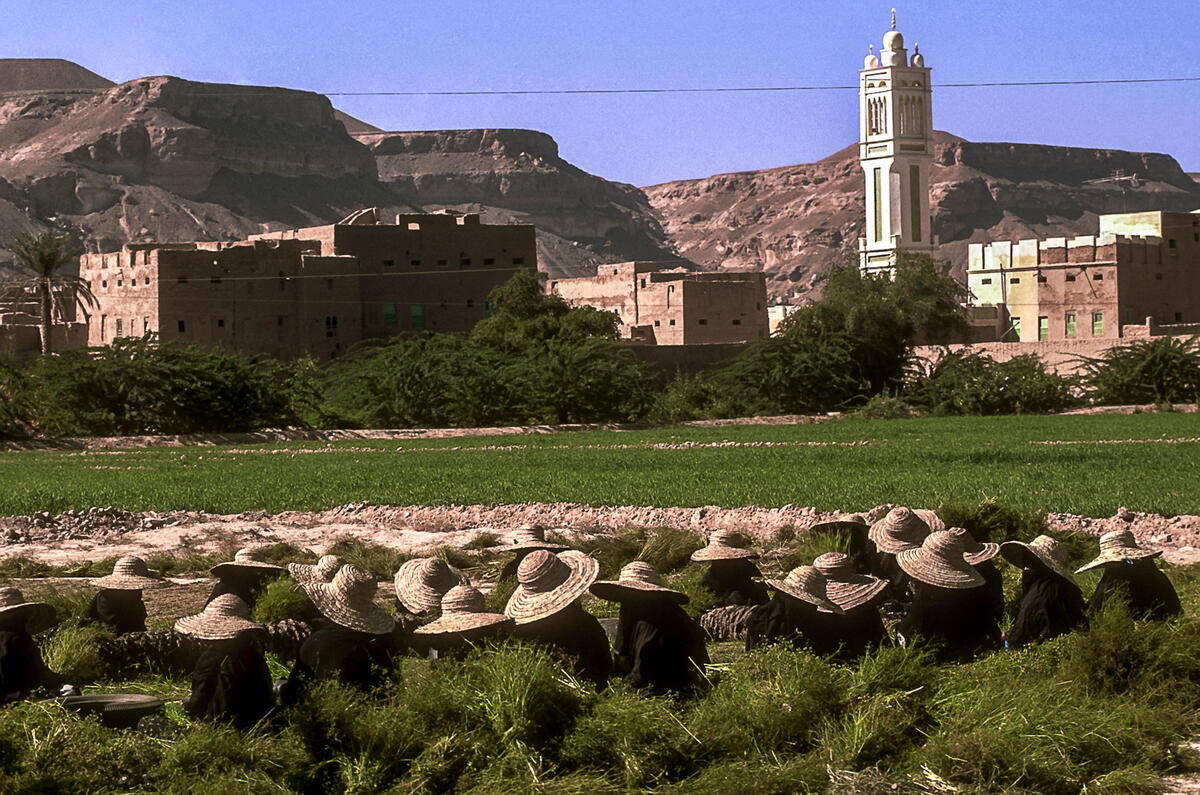
Conclusion and next steps
The protracted conflict has presented several bumps along Yemen’s road to development. And there will always be differences and disputes among the United Nations agencies in how they act on nutrition. However, the colleagues unanimously agreed that the benefits of collaboration far outweigh the costs/effort/frustrations. Some refer to the United Nations system as the “UN family.” Eshrak of WHO explains that like real brothers and sisters, “we fight and then we have lunch together.”
With that said, there is always room for improvement. Josephine at UNICEF emphasized the need to step up joint programming, noting that this requires strengthening both the technical and implementation capacity of the SUN Yemen Secretariat in order to operationalize the new MSNAP and national food systems pathway. The agility of the UN-Nutrition focal points as they pivot and build bridges between the humanitarian and development domains and presence of champions among high-ranking UN officials in-country are also likely behind the magic of inter-agency nutrition collaboration in Yemen. Since operationalizing the new MSNAP and strengthening the humanitarian-development-peace nexus are among Yemen’s 2025 N4G commitments, UN collaboration will continue to be an integral element for improving the nutritional status of the Yemeni population, laying the foundation for a brighter future.
References
[1] FSIN and Global Network Against Food Crises. 2024. Global Report on Food Crises 2024. Rome. https://www.fsinplatform.org/grfc2024
[2] Falling under the IPC Phase 3 “Crisis” category or worse.
[3] Central Statistical Organization [Yemen] & UNICEF. 2023. Yemen Multiple Indicator Cluster Survey 2022-2023, Statistical Snapshot. https://www.unicef.org/yemen/media/9116/file/Yemen%20MICS%202022-2023_Statistical%20Snapshot_ENGLISH.pdf
[4] Ministry of Public Health and Population, Central Statistical Organization [Yemen], Pan Arab Program for Family Health & ICF International. 2015. Yemen National Health and Demographic Survey 2013. Rockville, Maryland, USA. https://dhsprogram.com/pubs/pdf/fr296/fr296.pdf
[5] PATH. 2005. Country Nutrition Profiles – Yemen. In: Global Nutrition Report. Seattle, USA. [Cited on 25 April 2025]. https://globalnutritionreport.org/resources/nutrition-profiles/asia/western-asia/yemen/
[6] The joint UN nutrition workplan was developed under the auspices of UN SUN yet abandoned in recent years as the focus of such efforts shifted to lifesaving interventions in selected emergency-affected districts due to funding limitations.
